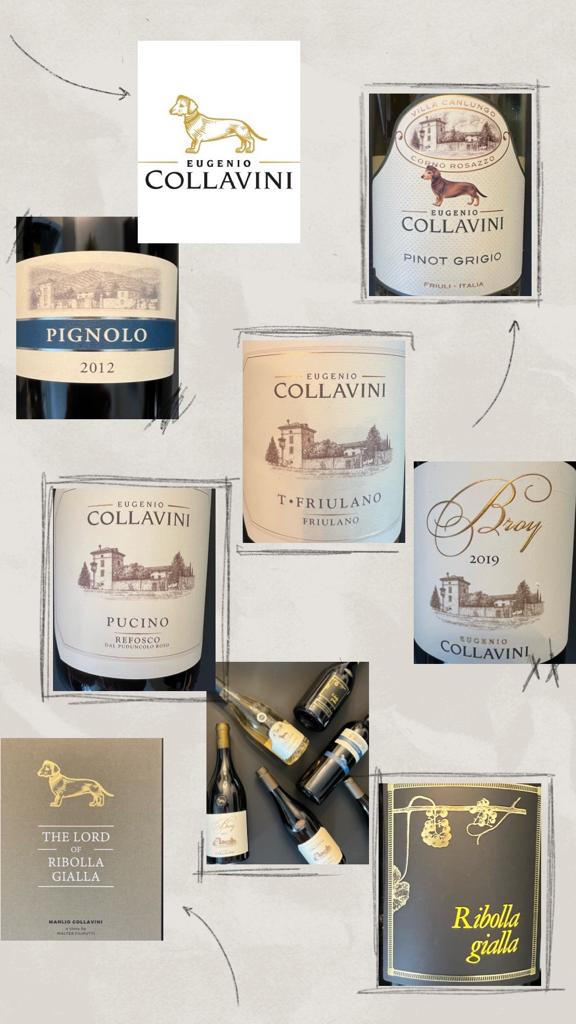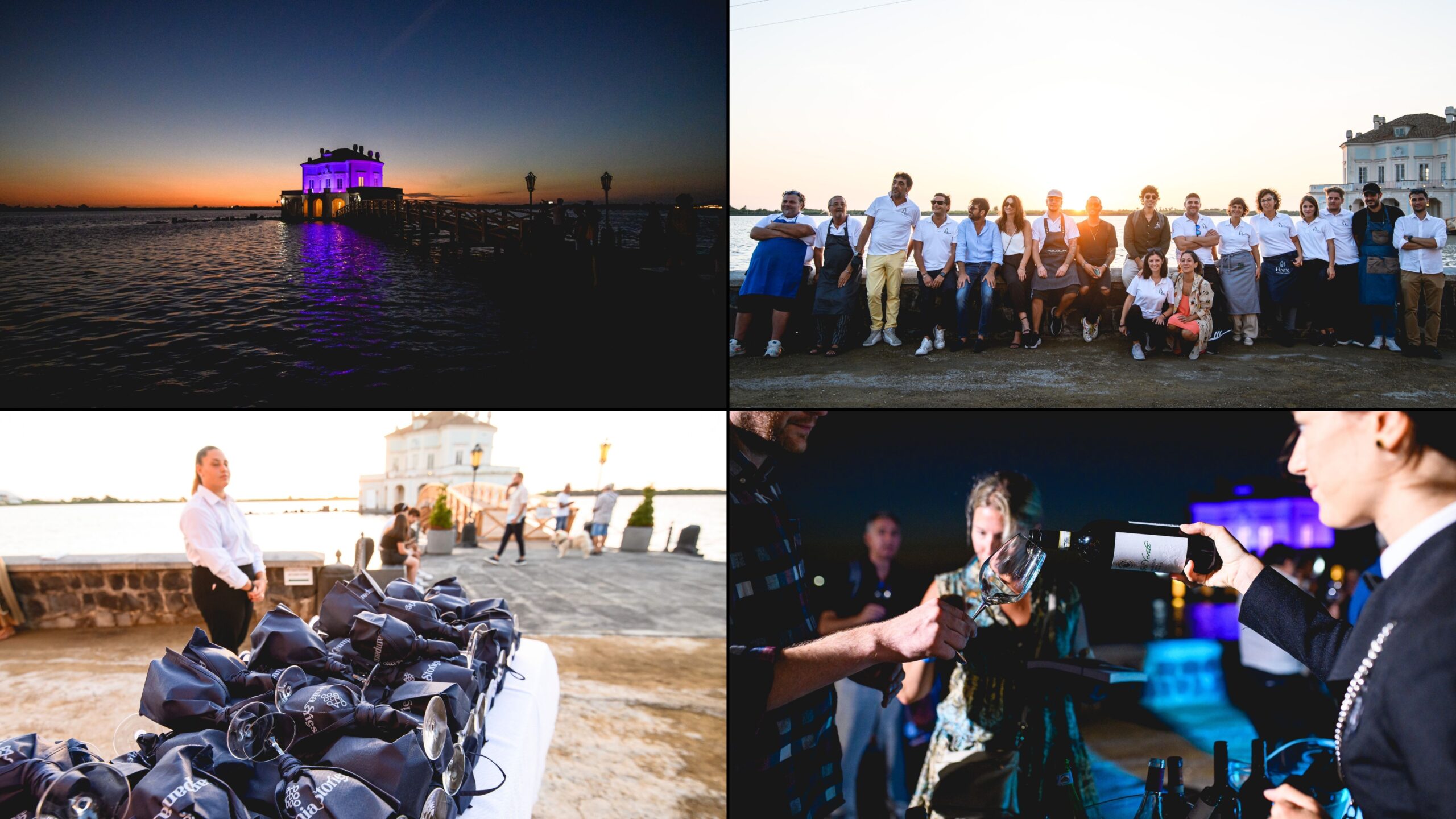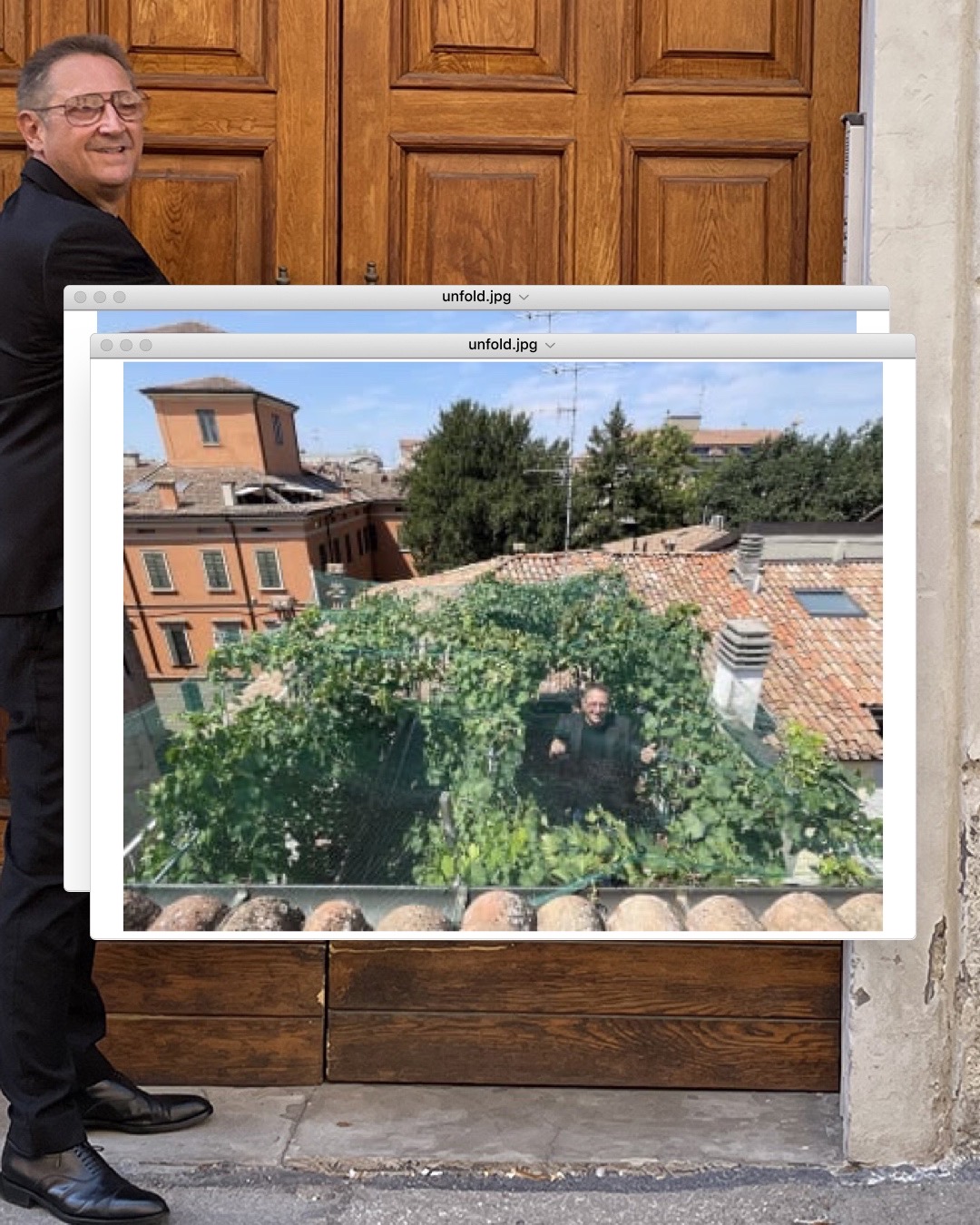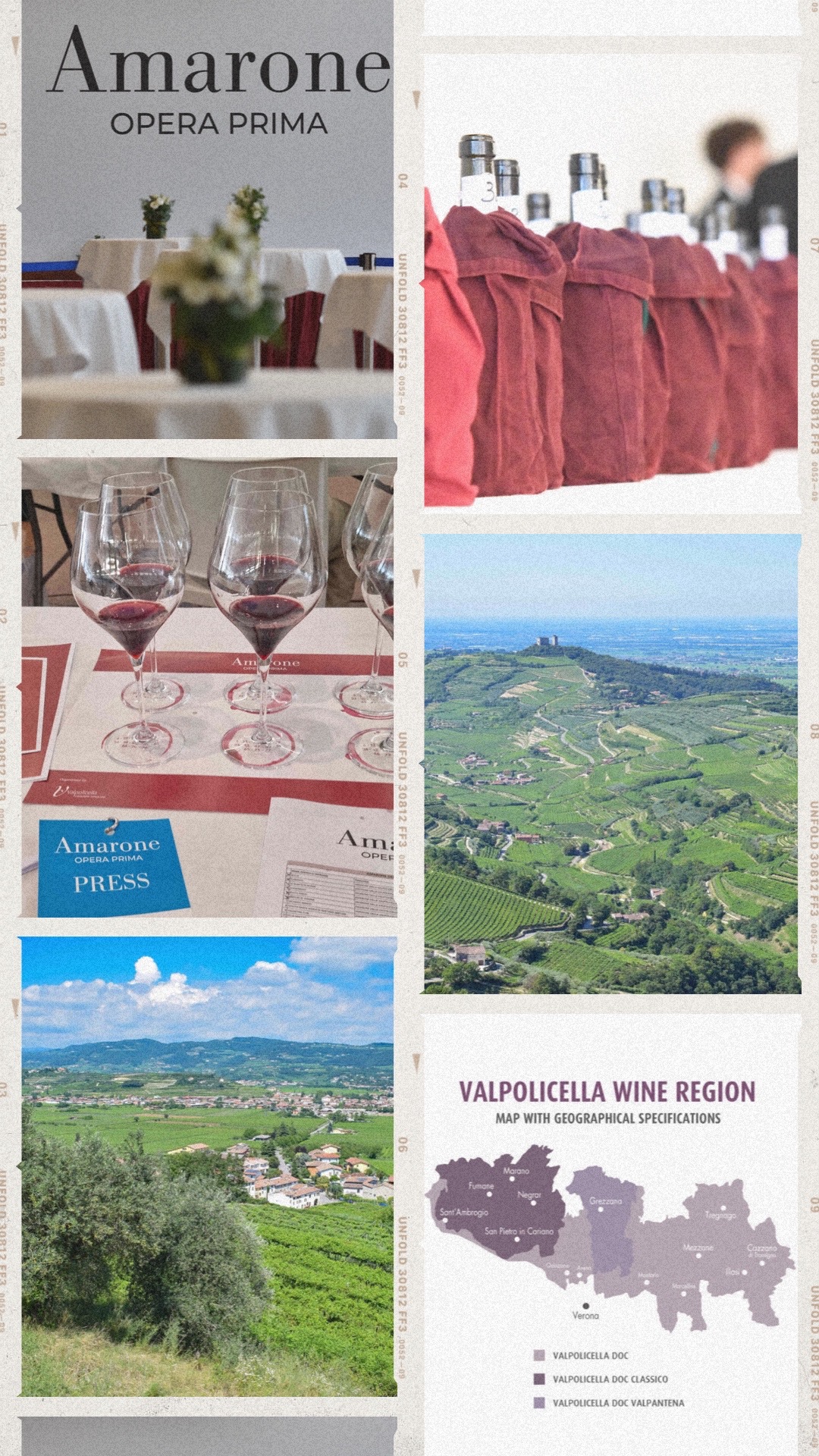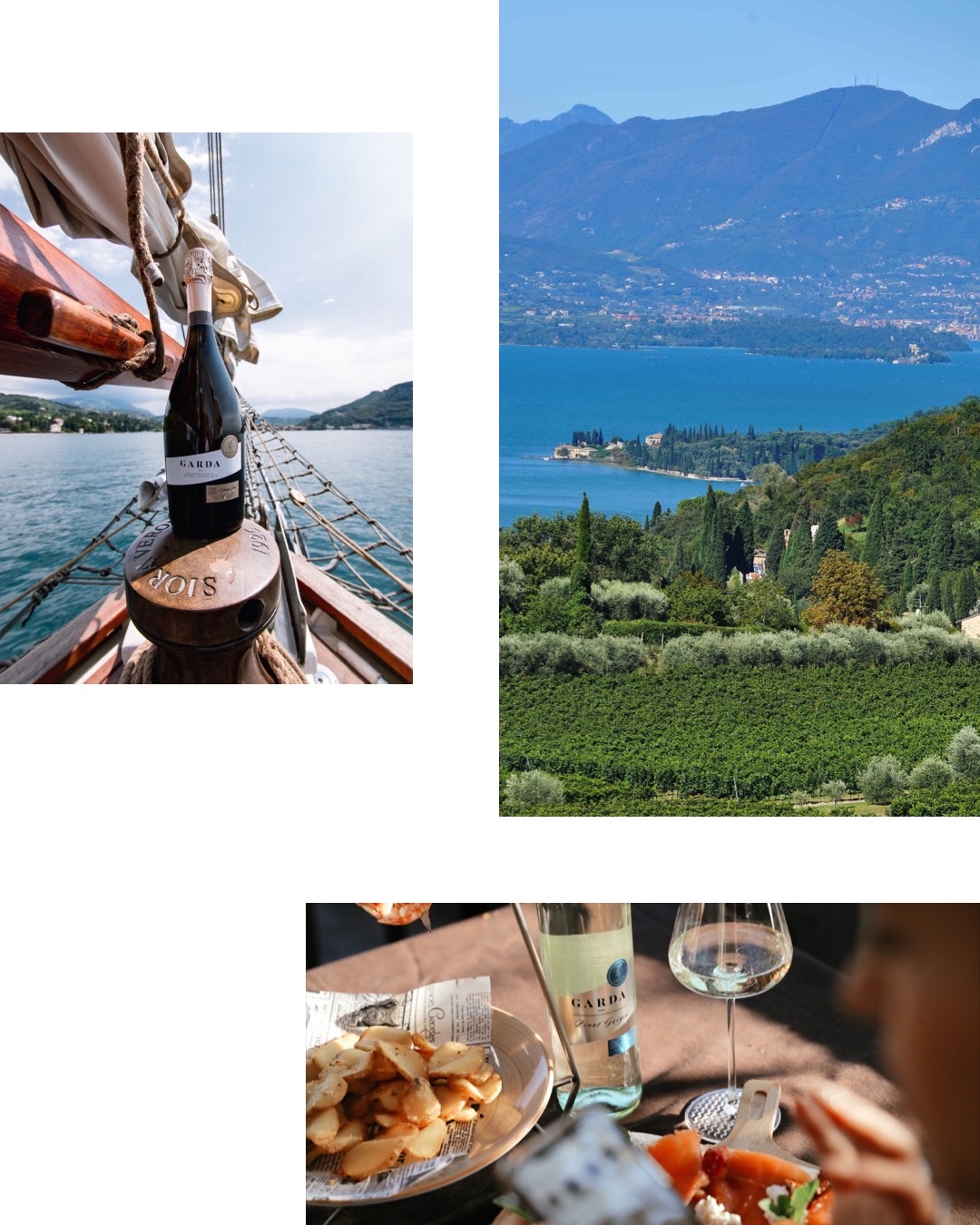…continued from Part l [ https://www.liz-palmer.com/eugenio-collavini-winery-part-l/ ]
Collavini brings together two contradictory practices: making wines in pioneering styles and at the same time drawing on indigenous varieties that have grown in Friuli for centuries. Blending innovation with history! It’s a formula that works.
Grape Varieties
Collavini’s focus is on local indigenous varieties, including Ribolla Gialla, Pignolo, Schiopettino and Fruliano, as well as some international varieties, particularly for sparkling wines.
Collavini Wines Tasted
Ribolla Gialla Spumante Brut Millesime 2018
Ribolla Gialla 100%
Brilliant straw yellow colour with slight green reflections with fine and persistent effervescence. A delicate and fine olfactory delight, with scents of nectarine, figs, green apple with some mingling mineral notes. In the mouth it is very fresh, rich in structure, with infinite nuances, including citrus with a long aromatic persistence.
Villa Canlungo Pinot Grigio DOC Friuli Venezia Giulia 2021
100% Pinot Grigio
The organoleptic analysis shows a pale straw color with vague copper reflections. The bouquet is varietal and floral with sweet citrus notes. On the palate, it is well balanced with delicate savoury notes enveloped in a silky texture and delivers a long, elegant finish.
T-Friulano DOC Collio 2021
100% Friulano
Straw yellow with greenish highlights. Penetrating fragrances of flowers , honeysuckle and pear, which is echoed on the dry, full-bodied palate. Fresh acidity with a long aromatic length.
Refosco Pucino DOC Friuli Venezia Giulia 2020
100% Refosco dal Peduncolo Rosso
A beautiful violet hue, with a fresh and vinous bouquet: the varietal fruity perception of wild blackberry and raspberry with subtle hints of licorice. The harmoniously balanced palate has a faint background of herbaceous notes leading to a fresh and elegant finish.
Broy DOC Collio 2019
40% Chardonnay, 10% Sauvignon, and 50% Friulano
The organoleptic examination of this sensational Friulian wine shows A saturated straw-yellow color with slight green reflections. Intense and persistent nose of ripe tropical fruit, honey, orange peel and flowers. The palate has a powerful and long body is wonderfully balanced with pleasant notes of minerality.
Pignolo DOC Friuli Colli Orientali 2012
100% Pignolo
Stunning ruby red colour. A very distinctive nose offering ripe red fruits, dark chocolate. and spice, which follows through to the palate. A medium-full body wine – try and elegant with a long finish.
Thank you “Collavini Team”… I certainly enjoyed this experience!
#collaviniwines #eugeniocollavini #studioCru #makeyourmark #madeinitaly #italianwine #italianwinelovers #italiansparklingwine #vino #winetasting #collliodoc #winetravel #winelife #friuliveneziagiulia #collavinimethod #rosso #colavini

